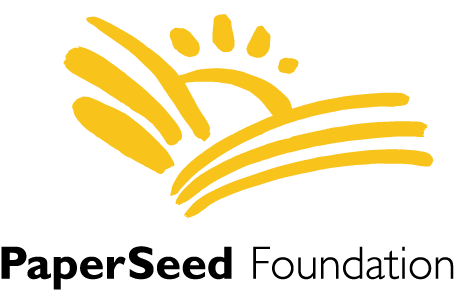With a booming population of roughly 55 million people, South Africa is something of an anomaly on the African continent. While the United Nations classifies South Africa as an upper middle income country (based on per capita earnings), the country is a mixture of highly developed areas with excellent infrastructure and poorer, rural areas lacking infrastructure. As such, education opportunities are varied depending on location. This is due on large part to the long-standing effects apartheid has had on the country and, more specifically, the persistent economic disadvantages black South Africans (roughly 75% of the population) continue to live under. Despite apartheid having ended over two decades ago, the physical delineations between white and black South Africans persist. Still today, many black South Africans remain concentrated in townships, living in tin-roof shacks, while most of the wealth, opportunity, and land has stayed concentrated in the hands of about 10% of South Africa’s population (primarily white Afrikaners in urban areas.)
Unfortunately, South Africa’s current education system only serves to reinforce this divide. Education is compulsory for children from ages 7 to 15 (or until grade 9 is completed) and, while all South African children may have access to basic education, the Township schools are often lacking in essential resources. Student learning outcomes are low both by international standards and as compared to other upper middle income countries (Brazil, China, Cuba, Jamaica, and Thailand to name a few.) At present, more than two-thirds of South African students lack basic skills, and only 6% of students enroll in tertiary education.
Current Projects:
Lower Tugela Primary School Restoration and Expansion
lOWER TUGELA SCHOOL STUDENTS HARD AT WORK
In 2018, CellMark Basic Chemicals entered into an agreement with Sappi Southern Africa to donate a percentage of lignosulfonate sales to a joint education project with PaperSeed. All 2018 contributions will go to making essential upgrades to Lower Tugela Primary School.
Lower Tugela Primary school was chosen due to its proximity to a Sappi mill, thus ensuring that the project enriches the learning outcomes of children in their community and prepares them to enter the rapidly changing workforce of the 21st century.


